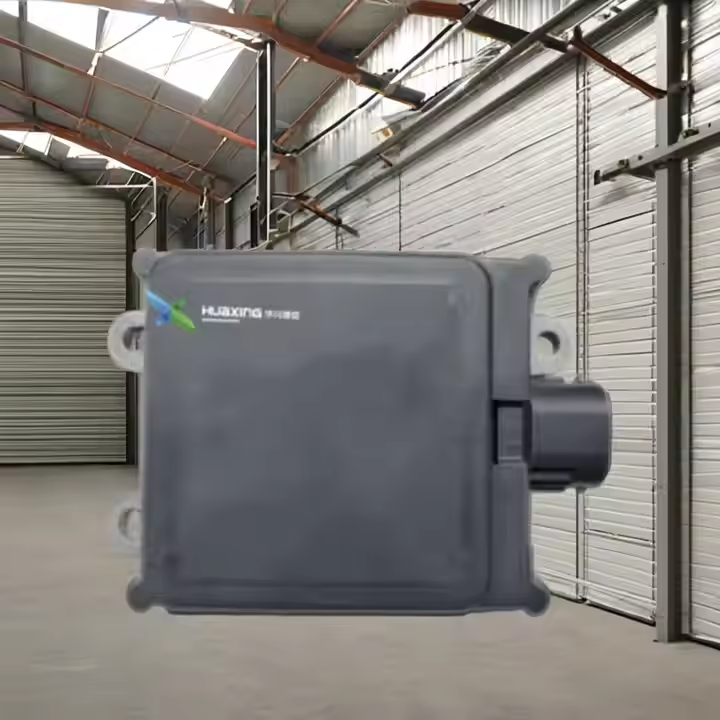china automotive radar
China automotive radar technology represents a cutting-edge advancement in vehicle safety and autonomous driving systems. These sophisticated radar systems utilize electromagnetic waves to detect objects, measure distances, and track surrounding vehicles with exceptional precision. Operating in various weather conditions, including rain, fog, and darkness, these radar systems provide crucial real-time data for advanced driver assistance systems (ADAS). The technology encompasses both short-range radar (SRR) for immediate proximity detection and long-range radar (LRR) for extended forward visibility, typically up to 200 meters. Modern Chinese automotive radar systems integrate multiple frequencies, primarily operating in the 24GHz and 77GHz bands, offering superior resolution and accuracy. These systems actively contribute to features such as adaptive cruise control, collision warning, blind spot detection, and automated emergency braking. The technology's ability to process multiple targets simultaneously while maintaining high accuracy has made it an indispensable component in modern vehicle safety architecture, particularly as the automotive industry moves toward higher levels of automation and autonomous driving capabilities.


